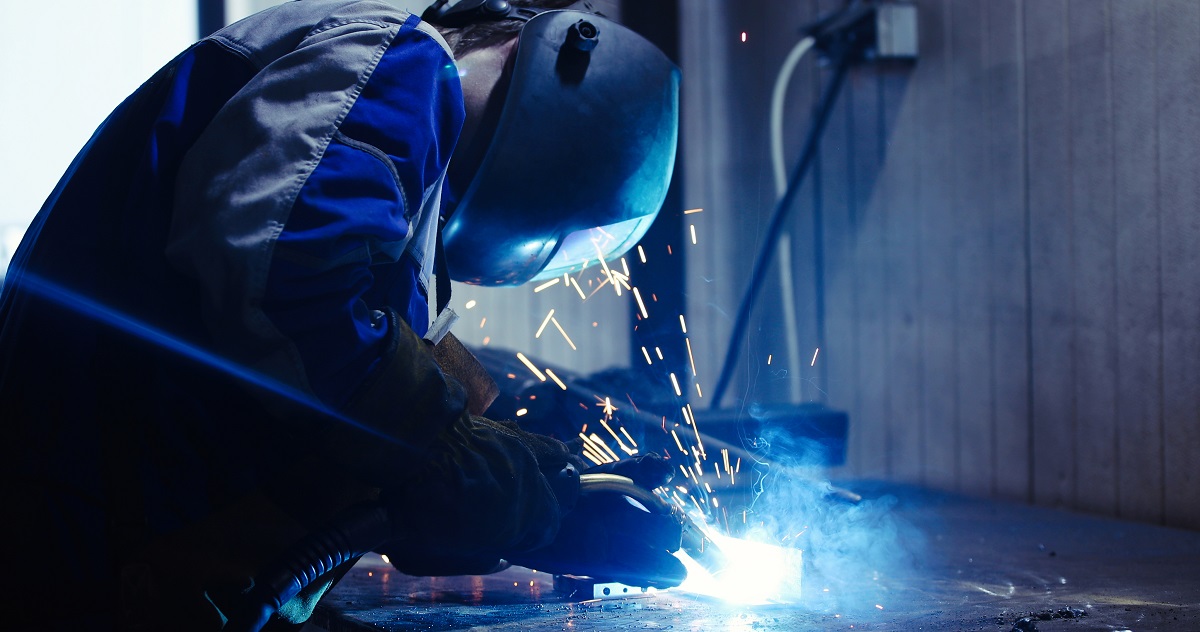A Comprehensive Guide to Identifying, Fighting, and Repairing Undercut Welding Troubles in Your Welding Jobs
In the world of welding, running into undercut issues is a common difficulty that can jeopardize the architectural honesty and general top quality of your welding tasks. Stay tuned as we explore the vital elements of identifying, protecting against, and fixing undercut welding problems, giving you with useful understandings and strategies to elevate your welding skills to the following level.
Usual Reasons For Undercut Welding
Undercut welding, a common concern in welding procedures, can be caused by numerous factors that need to be thoroughly recognized and addressed to make certain the stability of the weld joint. One of the main causes of undercut welding is extreme warmth input.
Another common root cause of undercut welding is incorrect welding strategy. Inadequate manipulation of the welding lantern or weapon, incorrect angle or distance between the torch and the work surface, or inconsistent travel speed can all add to the development of undercut. Furthermore, using the incorrect welding consumables or electrode dimension for a certain joint setup can result in undercut issues. Determining these root triggers and implementing corrective actions is essential in preventing and rectifying undercut welding troubles in welding jobs.
Identifying Undercut in Welds

To determine undercut accurately, appropriate lighting and magnification devices are important to inspect the weld joint extensively. Utilizing tools such as a welding gauge or a magnifying glass can assist in spotting even the smallest undercut imperfections. Furthermore, running a finger or a finger nail along the weld joint can occasionally expose undercut, as the surface area may feel irregular or have a dip where the undercut exists.
Safety Nets for Undercut
Having a deep understanding of the root causes of undercut in welds enables the implementation of effective preventative measures to preserve weld top quality and stability. One important preventative action is correct weld joint prep work. Making certain that the edges are tidy, without impurities, and effectively beveled can significantly lower the chance of undercut (Preventing weld undercut). Additionally, choosing the proper welding parameters, such as voltage, current, and travel rate, is necessary. These settings must be maximized to prevent excessive warm input, which can cause undercut formation.

Techniques for Taking Care Of Undercut

To deal with undercut concerns effectively, welders can utilize certain techniques focused on remedying the problem and restoring the stability of the weld joint. One method is to change the welding parameters, such as the voltage, present, and travel speed, to make certain proper warmth input and fusion. Enhancing the welding current or reducing the traveling rate can assist fill out the undercut. In addition, changing the welding technique from a press to a drag or the other way around can likewise aid lessen undercut.
One more method is to utilize a weaving motion while welding to make certain appropriate sidewall fusion and fill in the undercut. By oscillating the welding arc back and forth within the weld joint, the welder can deposit a lot more filler product into the undercut areas, efficiently eliminating the defect.
Additionally, grinding out the undercut and rewelding the joint can be a feasible option for extra severe undercut concerns - Preventing weld undercut. This process entails eliminating the undercut section, preparing the base metal, and afterwards rewelding the joint with appropriate welding parameters and strategies to avoid undercut from returning

Specialist Tips for Avoiding Undercut
Utilizing proper welding methods and preserving control over key welding criteria are essential approaches for welders intending to stop undercut in their weld joints. One expert suggestion for preventing undercut is to make certain correct joint prep work. This includes cleaning up the base steel thoroughly to remove any Recommended Site contaminants that can lead to undercut development. Furthermore, choosing the proper welding process and filler steel for see this website the particular application can assist protect against undercut. Welders need to additionally pay attention to the welding present and voltage setups, guaranteeing they are within the suggested range to prevent getting too hot and prospective undercut. Maintaining a regular traveling rate during the welding process is an additional crucial suggestion to protect against undercut. By relocating at a constant speed, welders can make sure correct fusion and minimize the possibility of undercut development. Examining the weld grain after completion can assist identify any type of indications of undercut very early on, enabling for instant restorative action to be taken.
Verdict
In verdict, determining, avoiding, and fixing undercut welding issues in your welding tasks is important for making certain durable and solid welds. Preventing weld undercut. By understanding the usual causes of undercut, being able to identify it in welds, applying safety nets, and using proper techniques for fixing undercut, you can prevent possible problems and produce top notch welds. Following professional pointers for staying clear of undercut can help you improve your welding skills and create better outcomes in your jobs
Undercut welding, a typical problem in welding procedures, can be triggered by numerous variables that require to be very carefully determined and resolved to ensure this contact form the stability of the weld joint. Additionally, running a finger or a fingernail along the weld joint can often reveal undercut, as the surface may really feel irregular or have a dip where the undercut exists.
Making use of proper welding strategies and keeping control over essential welding specifications are critical strategies for welders intending to stop undercut in their weld joints.In final thought, determining, preventing, and repairing undercut welding issues in your welding tasks is vital for guaranteeing resilient and strong welds. By comprehending the common causes of undercut, being able to determine it in welds, carrying out preventive measures, and using proper strategies for fixing undercut, you can avoid possible issues and develop high-quality welds.